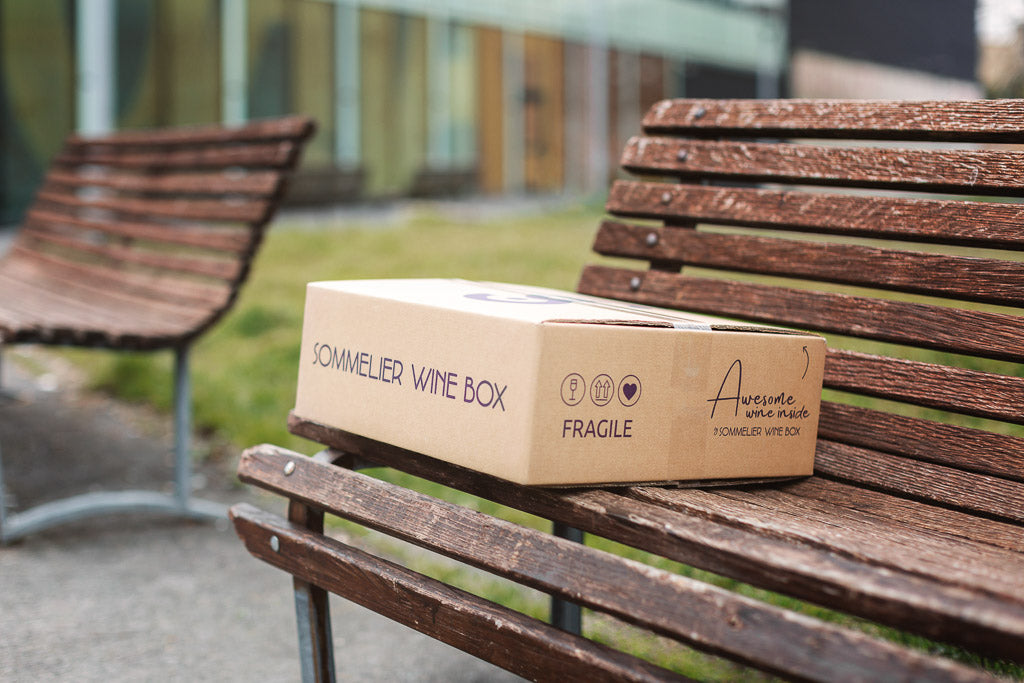Sometimes you uncork a bottle and find mold around the cork. Here's what you need to know and what to do if it happens.
One of the possible wine problems, in addition to the cork taste , is undoubtedly the presence of mold, around the cork or, worse, inside. What to do if it happens?
The premise is that we are talking about "bad" mold here, not Botrytis Cinerea .
What causes the mold problem?
A fundamental element is the quality of the cork: the higher quality the material, the less the bottles present this defect. But this is only part of the story: the temperature and humidity conditions in which the bottle was stored add to the quality of the cork.
What creates mold in wine?
Mold can also appear during fermentation, in which case the problem arises at the source. If something goes wrong in the cellar, a thin, transparent film can appear on the surface. If it is not prevented and eliminated immediately, the wine takes on an unpleasant odor. If this formation falls to the bottom of the container, the wine can no longer be saved and will be irremediably damaged.
What are the factors that cause the appearance of mold in wine?
1. Containers that are not perfectly clean are one of the main causes of fungal development.2. Penetration of oxygen into the wort container.
3. A cause is also the absence of sugar and the low alcohol content (for example if the percentage of alcohol in the wine falls below 12% vol.).
4. The violated temperature regime. The temperature of the room where the fermenting wine is located must not fall below 22° C nor rise above 27° C.
5. High humidity. Mold formation in young wine can be triggered by excessive humidity, when it is above 85%.
How to prevent mold from forming in the cap?
The only way for the consumer to prevent the formation of mold in the bottle is to store the wine in the cellar or in a cool, dry place. For example: you should avoid keeping wine in the refrigerator for too long.
We have written about how to preserve wine well at home a complete guide .
What to do if you discover mold around the cap?
The premise is that the presence of mold may not have affected the wine. If you find mold around the cork, it could only be an external problem, due to the accumulation of humidity between the cork and the capsule: you need to remove the cork to understand if it is a problem external to the bottle or if this has affected the wine.
Once opened and poured, if a white film also appears on the wine, it is necessary to pour the wine slowly, leaving part of the drink on the bottom, and carefully remove the film with a spoon.
At that point, only the tasting will tell if the mold has affected it. Don't miss our complete tasting guide .




